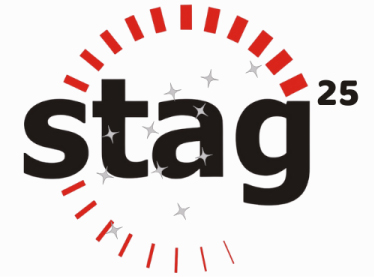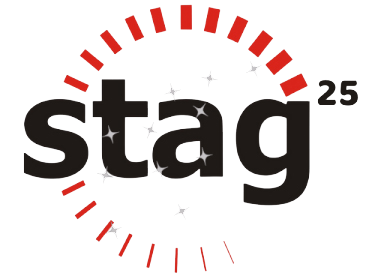The product helps to detect different types of telecom fraud, be it in wireless or wire line networks. It also helps to detect fraud in roaming, pre-paid and post-paid environments and tailor-made for GSM/CDMA/Fixed/GPRS network. The product team comprised of strong development team ably supported by an in-house QA team. The product was developed using J2EE technologies and had undergone multiple versions of build – currently in version 6.0 – with wide installation base in Asian/US market. The company had an ambitious plan to expand the product reach and move into a new market – European market. The product went through multiple feature upgrade/modifications to meet the needs of the new market. Though the product was tested diligently by the in-house QA team, the management was skeptical about the release worthiness of the product. They preferred to have an independent third party product assessment to enhance their delivery confidence before the formal product launch.
STAG singularly focused to ensure the defect escapes are minimized. Hence a three-pronged approach was adopted to determine the breadth and depth of testing required –
- Identify what poses high business risks? What has been de-risked already? What remains as risk that is to be assessed?
- How well has the “net” been cast to uncover defects in the lifecycle? Are the methods to uncover defects expansive/complete?
- Are the test cases (i.e. those inputs that have the ‘power’ to detect anomalies) good? Do the already existing test cases and therefore the tests conducted have the power to uncover high-risk business issues?
Fixing the high impact defects improved the stability of the product– which otherwise could have led to USD 250K support cost in the initial months. The release worthiness certificate lowered the business risk for the customer and newly gained delivery confidence by the customer management powered their successful product launch and on time to market.


